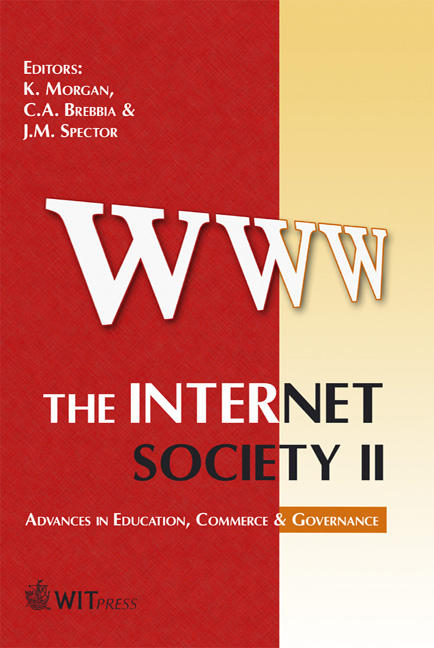Analysis Of The Digital Divide Of Information Literacy For Rural-urban In Taiwan
Price
Free (open access)
Volume
36
Pages
10
Published
2006
Size
397 kb
Paper DOI
10.2495/IS060191
Copyright
WIT Press
Author(s)
H. S. Chang & K. W. Tsou
Abstract
Information communication technologies (ICT) can eliminate many of the obstacles of time and space and help overcome gaps in regional development. However the arrangement of advantages brought by ICT is uneven, and this is what gives rise to the phenomenon of a \“digital divide”. As to the current status in Taiwan, information technologies have been highly developed in recent years and the conditions of information facilities and accessibility in various areas are now more consistent. However, a digital divide of qualitative capability in information literacy and the capability of utilizing information by individuals obviously remains. Therefore in this article, we examined the current status of information literacy of students in primary schools in a southern county in Taiwan using influential factors as focal points to gather data by means of questionnaire surveys. At the same time, we employed the framework of the local environment, information settings, and individual backgrounds to carry out variance analysis in order to understand the current status of the character of digital literacy in Taiwan so that government policies can be adjusted to diminish the digital divide. Keywords: information communication technologies, digital divide, information literacy. 1 Introduction The recent booming expansion of the Internet represents a new era in the information society. The advantages brought by the revolution in information
Keywords
information communication technologies, digital divide, information literacy.





